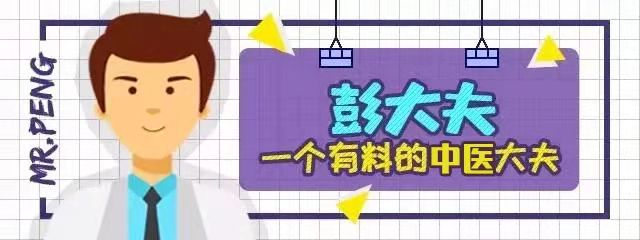
Qi deficiency (气虚), Qi stagnation (气滞), Qi prolapse (气陷), and Qi reversal (气逆) are common patterns of Qi dysfunction, each with distinct characteristics.
The main characteristic of Qi deficiency is “laziness.” When we describe a person as energetic, we say they are “full of vitality” (元气满满). In contrast, if one’s physical energy is insufficient, they may exhibit fatigue, lack of spirit, and a general unwillingness to move. Such individuals often sweat excessively, even with minimal activity, have poor appetites, and may experience symptoms like chest tightness, shortness of breath, dizziness, and blurred vision. In these cases, we can use Shi Quan Da Bu Wan (十全大补丸) to replenish the lost vitality and help the body regain energy.

The main characteristic of Qi stagnation is “distension.” For example, if we blow air into a plastic bag, it gradually inflates and becomes full. When the Qi in our body does not flow smoothly, we feel a sense of fullness and distension. Individuals with Qi stagnation often experience fluctuating emotions, sometimes feeling down and at other times enthusiastic. They may feel a blockage in the sides of the rib cage, have difficulty digesting food, experience abdominal distension, and hear gurgling sounds in the stomach, sometimes accompanied by nausea. The sides of the tongue may appear swollen compared to the center. For this condition, we can use Chai Hu Shu Gan San (柴胡疏肝散) to regulate and treat it, as the liver governs the smooth flow of Qi.
The characteristic of Qi prolapse is “sagging.” Our internal organs rely on Qi to remain in their proper positions. When the Qi is unable to lift, it can lead to abdominal heaviness and organ prolapse, such as gastric or uterine prolapse. In addition to organ sagging, individuals may also feel a general sense of heaviness in the limbs and lower body.
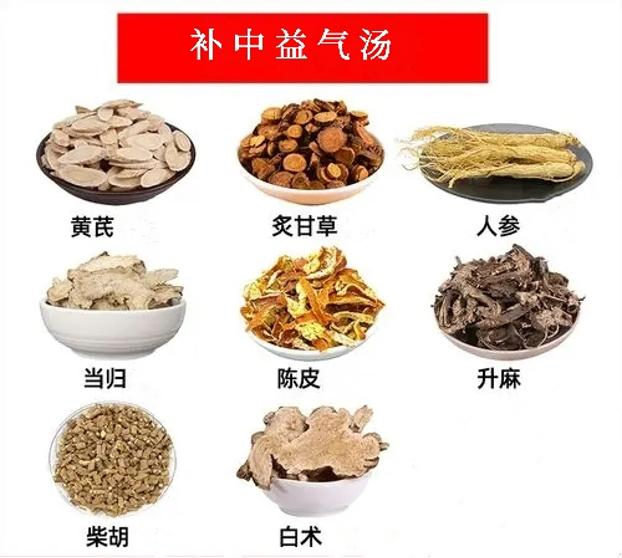
In such cases, we can use Bu Zhong Yi Qi Tang (补中益气汤) to regulate and treat the condition. This formula can lift the Yang, support the Qi, and provide the necessary upward force.
The characteristic of Qi reversal is coughing. The lungs govern Qi and respiration; when Qi reverses upwards, it primarily manifests as coughing and wheezing. Individuals may choke while drinking water and feel Qi rising around the navel, leading to symptoms of gastric Qi reversal, such as a constant feeling of nausea and belching, which can be difficult to control. Over time, this may develop into headaches and dizziness.
At this point, we need to select medications based on the specific location of the condition.
If the cough is caused by lung Qi reversal, we can use Xuan Tong Li Fei Wan (宣通理肺丸) with modifications.
If the symptoms are primarily gastric Qi reversal, characterized by belching and nausea, we can use Chen Xiang Shu Qi Wan (沉香舒气丸) for treatment.
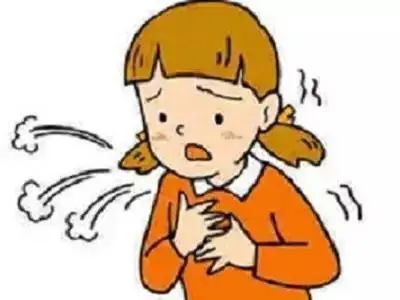
If the symptoms include headaches and dizziness due to liver Qi reversal, we can use Shu Gan Li Qi Wan (疏肝理气丸) for treatment.
If you have any questions, please feel free to consult, learn, and communicate.
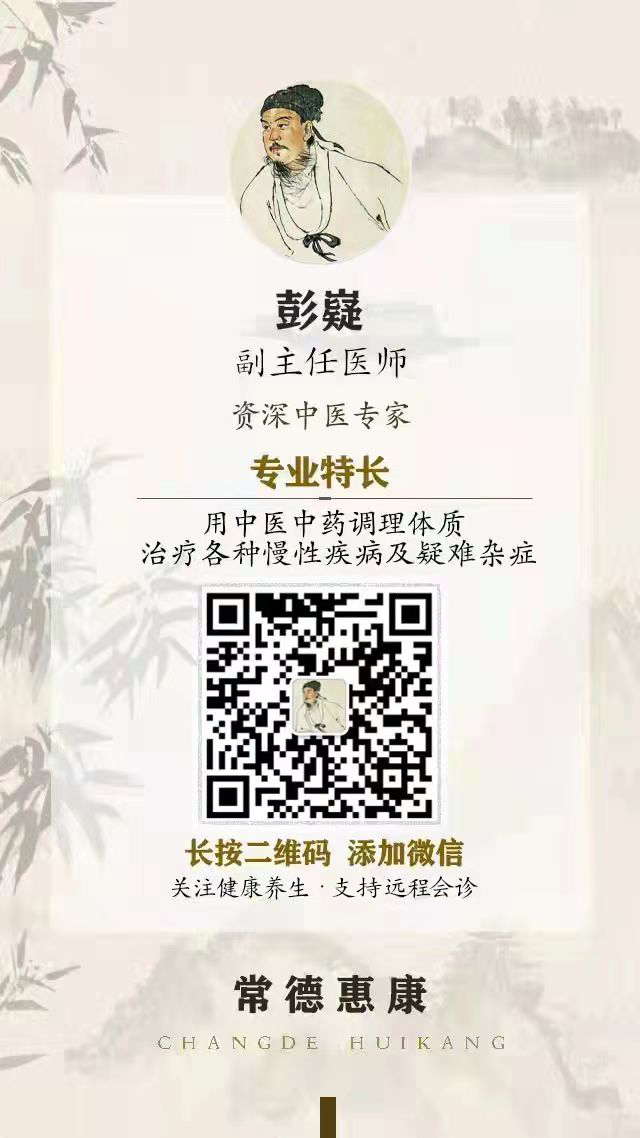
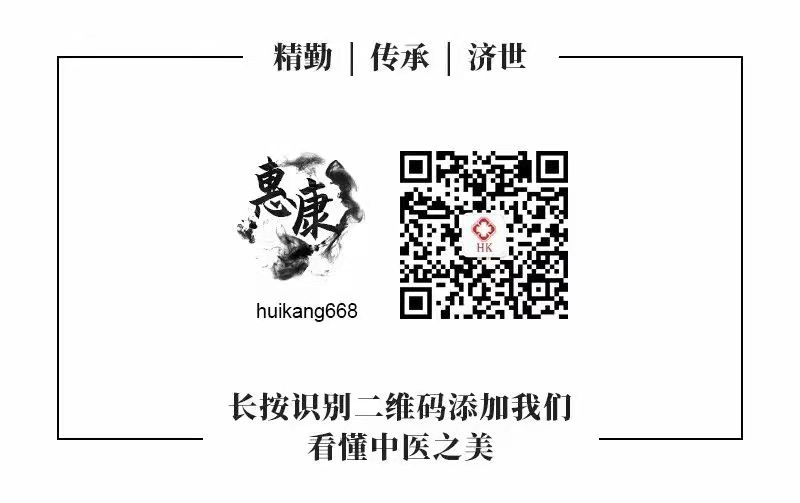
Previous Highlights
1. How to Differentiate Between Yin Deficiency and Yang Deficiency?
2. What to Do About Excess Fire?
3. TCM Treatment for Chronic Cough
4. TCM Treatment for Uterine Fibroids
5. TCM Differential Treatment for Stroke Sequelae
6. What Diseases Are Caused by Emotional Factors?

